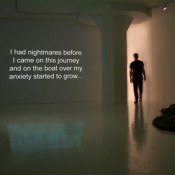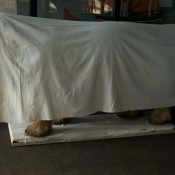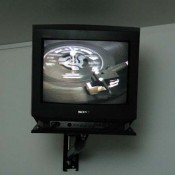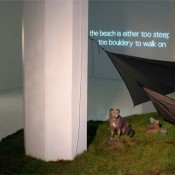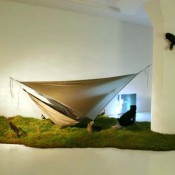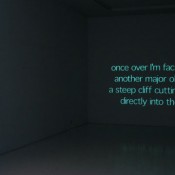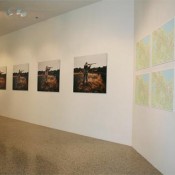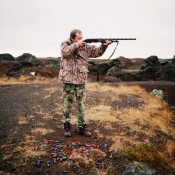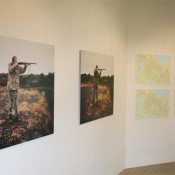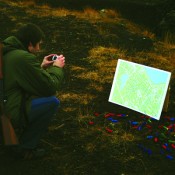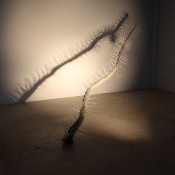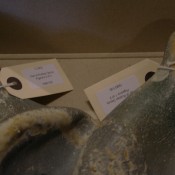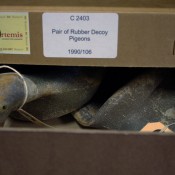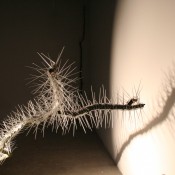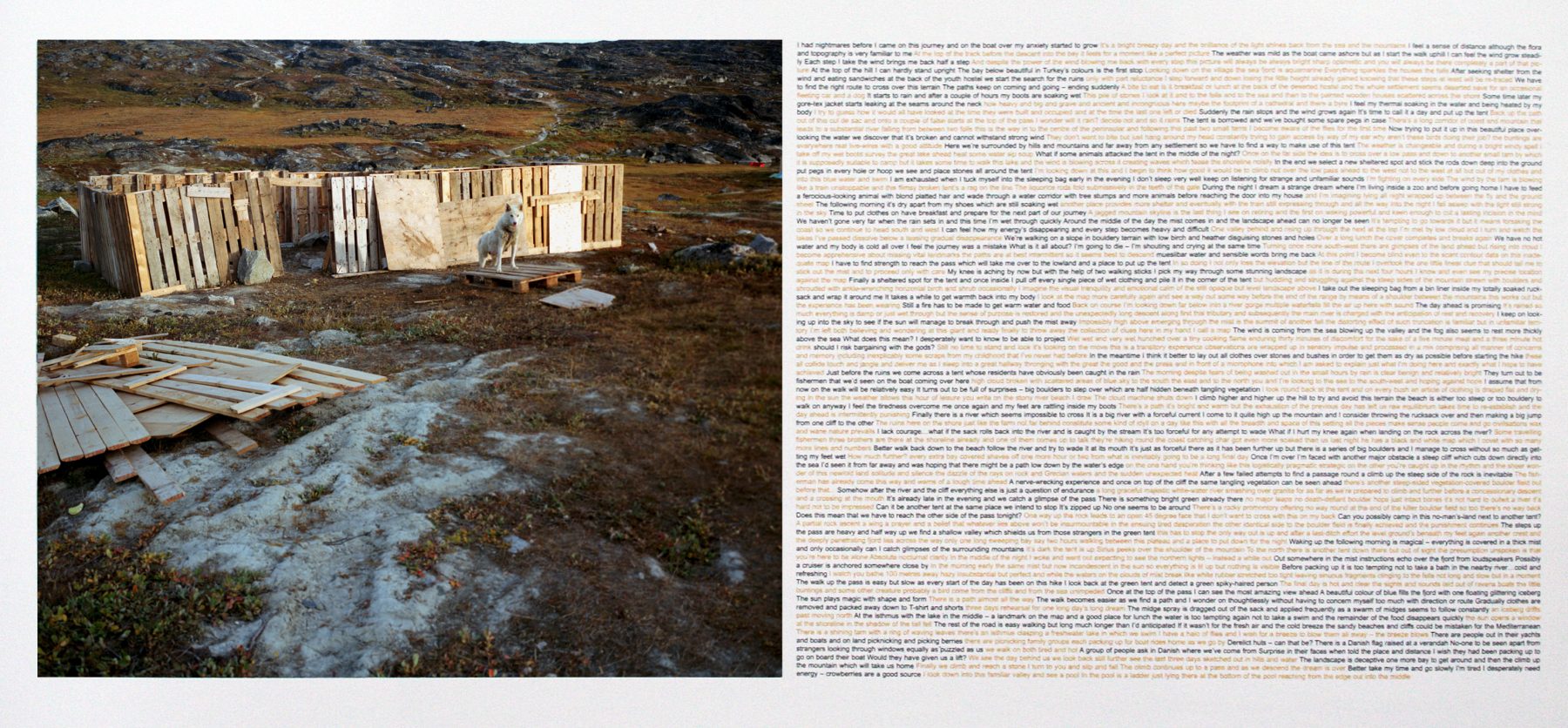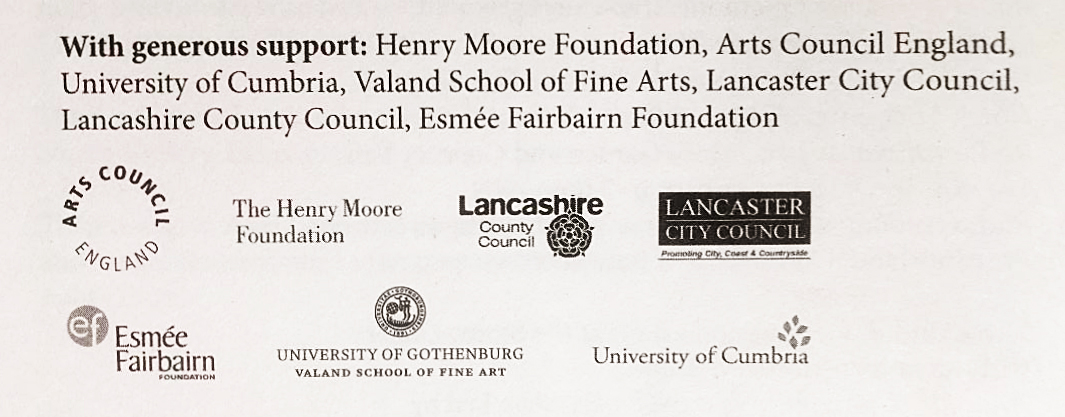Knutur Arnar Oskarsson
Johannes Gislason
Olafur Orn Petursson
lullabies/vöggurvísur
a(fly)
Cities of Cliffs and Ledges
Lee on human-pigeon co-habitation in a Shoreditch studio
Hunter Gatherer – PSL (Project Space Leeds), UK. 2011
Nine artists from across the North of England were invited to create new work in response to Artemis, an amazing collection of over 10,000 objects relating to world cultures, fine and applied art, science, natural history, textiles and costume, social history, childhood and more. Based in Holbeck, Leeds, the collection forms an art loan service for Education Leeds to which artists have been given exclusive access. The title of the show ‘Hunter Gatherer’ refers to a term used by anthropologists to describe the way in which human beings collected food before the advent of agriculture. Here it references the artists and the processes they employed in sifting through the vast Artemis collection. The resulting works include sculpture, installation, film, prints and drawing which form part static exhibition and part on-going project within the space. Curated by Pippa Hale.
For some time we have been working with ideas of representation and the shortcomings that any representation must acknowledge and bear. With representation comes the responsibility for the abbreviations it makes of the thing represented. When we found the decoys, boxed up in amongst the shelving we liked the rather sad sense of expiration they seemed to exude. Whatever they were made for, it seems their useful life was over – and yet they were eloquent in their rather perished and redundant condition. There is humour here, even absurdity – decoys (a bit) like this were and are used for attracting live, inquisitive pigeons in order that they be shot as vermin or to fill the pastry shells of latter day hunters. Yet now they look so forlorn and somehow unlikely, it seems hard to imagine that they ever constituted a lure of any kind for real, living birds.
Birds, like humans, mistake simulacra for the real thing at their peril. We live in a constructed world populated by representations that suit us and make of the real world something manageable and tolerable. Such illusions make us vulnerable.
During a recent project we gathered anecdotes from people regarding human- non-human animal encounters. The tale told here concerns the alliance between an artist living and working in a huge warehouse space in East London and a resident flock of some 200 pigeons, upon whose presence his work and living arrangements are ultimately absolutely dependent.
The spikes are designed to deter birdlife and most commonly, pigeons. Between the lure and the deterrent we position ourselves – because of the very specific nature of these items of equipment, their duplicity and contradictions, it’s clear that we have designs on pigeons – and yet despite our apparent antagonism the dove (note the euphemism) is our ultimate symbol of peace and biblically, the perennial symbol of hope.
(The title is lifted from Stan Bonnar’s excellent essay LOST: Context Provocation Mythogram published 1999 in Decadent by Foulis Press)
White Noise
White Noise comprises a text – a duel and dovetailed account of a journey by foot through unfamiliar, difficult and possibly dangerous territory together with the image of a Greenlandic sled dog standing guard outside an ad hoc shelter of wooden palettes.
The two of us had walked together in Greenland through uninhabited and difficult terrain for five days. On our return we each wrote an account of the experience including specific responses to events on the journey including thoughts, anxieties, expressions of wonder and even dreams, sequenced in the order by which they occurred. Both narratives begin and end with descriptions of the walk itself but with the serial cut-and-paste delivery of short phrases from each protagonist in turn, the narrative sequence is disrupted as things are remembered differently and with different emphasis. As a consequence, similar experiences reappear almost as memories, haunting the narrative of the other.
During the same period we’d travelled further north and it was in Ilulissat, well into the Arctic, that we’d become fascinated with the colonies of sled dogs occupying parts of the town and its surroundings. In Ilulissat at that time, the dogs outnumbered the human population of 4000 by half as much again. What fascinated us and in some senses set off our long term interests in human/animal relationships was the distinctive and liminal place these animals held in a (simplified) spectrum ranging (in decreasing proximity to the human) from pets (companion species) through working animals, to livestock, game, feral and finally beyond to wild animals.
Simplified or not, there in the north, what we were told and indeed what we observed, was that in relation to the Greenlandic sled dog, the term ‘pet potential’ is an oxymoron. They have been bred to work for humans whilst still maintaining a highly developed sense of pack hierarchy. Historically, (unsubstantiated) stories abound of the regular replenishing of strength and wildness in the stock by staking females in heat out in areas where there are wolves. In this subject we were drawn to the embodiment of conflated domesticity (familiarity) and wildness (uncertainty) which remained resistant to both classifications.
To read the text work, open the PDF here
In Uncertainty in the City (2008-10) commissioned by the Storey Gallery in Lancaster, we moved from the heart of the home as examined in (a)fly (2006), to the urban peripheries – the wall cavities, the roof spaces, the broken mortar and gardens, to examine human responses to other hidden societies, living in our midst, considering them simultaneously in two ways – one, as unselfconscious communities of fauna going about their disparate business within and around our homes – and two, as an incongruous and contradictory human construct, commanding and combining in tension, a wide and disparate range of affect. The responses were wide-ranging and included fear, anxiety, irritation, disgust, wonder, a sense of privilege and more…
Uncertainty in the City was a research project predominantly based around Lancaster and the North of England. In this project we focused on margins of human tolerance, where a range of opinion or views provides a promising field of inquiry, as indicative of contradictory and certainly unresolved schisms in our social and socio-environmental fabric. Where such diversity of response to a phenomenon exists, it suggests there may be some susceptibility to reappraisal and change. Of course variance of opinion and perspectives are not by definition a problem, but where those opinions are embedded over a long time and lie unchallenged, we see merit in shuffling the pack and seeing new juxtapositions – inviting new readings and opportunities for understanding and behaviour.
Most of our research was conducted in 2009-10 under the banner of Radio Animal, a mobile radio unit and website we designed to gather and disseminate information about the subject (see radio animal here on left). The website continued to develop and function as a repository up to the opening of the exhibition (2010) – and continues as a public resource hosting a 360º virtual tour of the installation:
